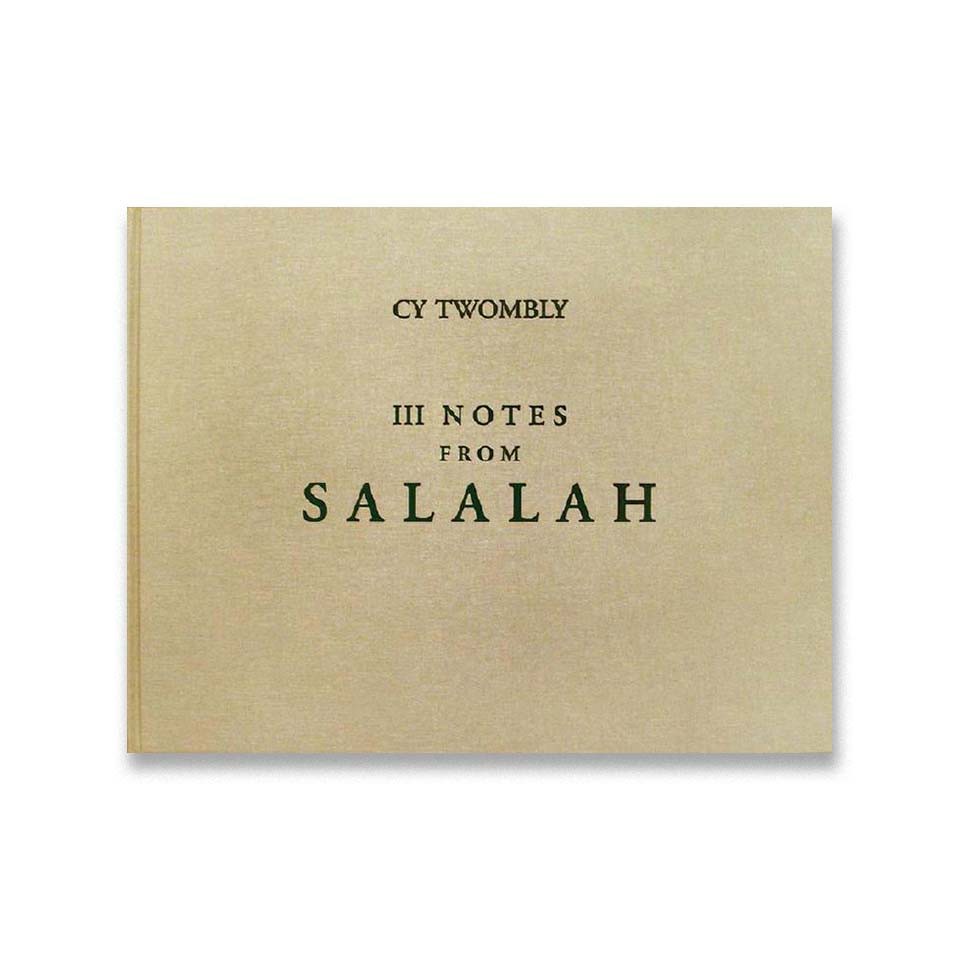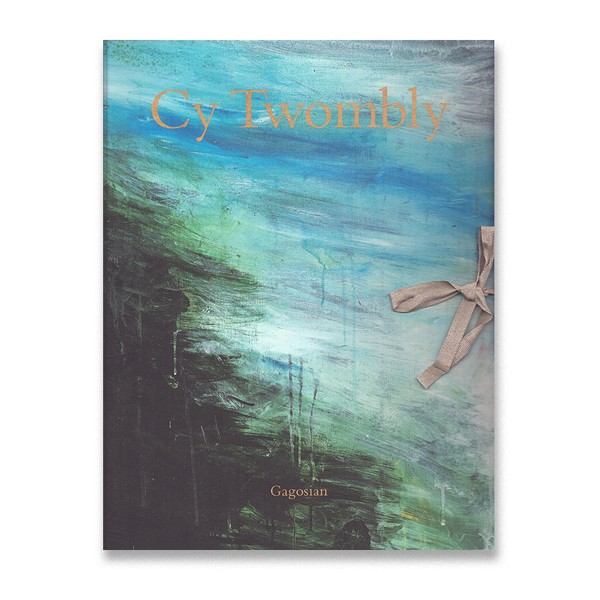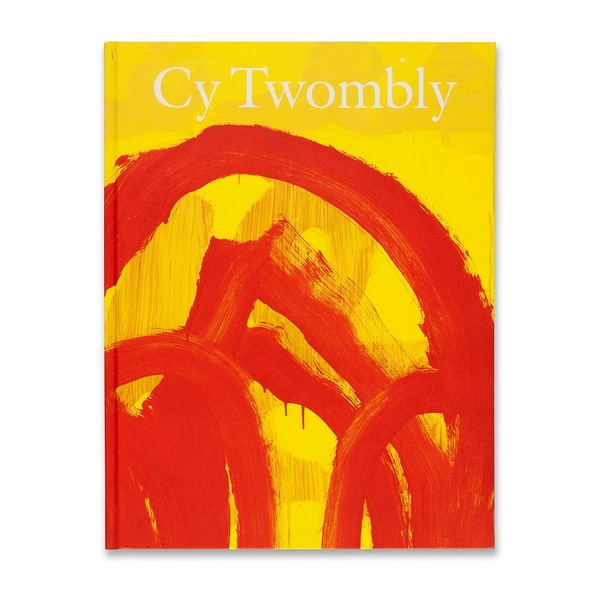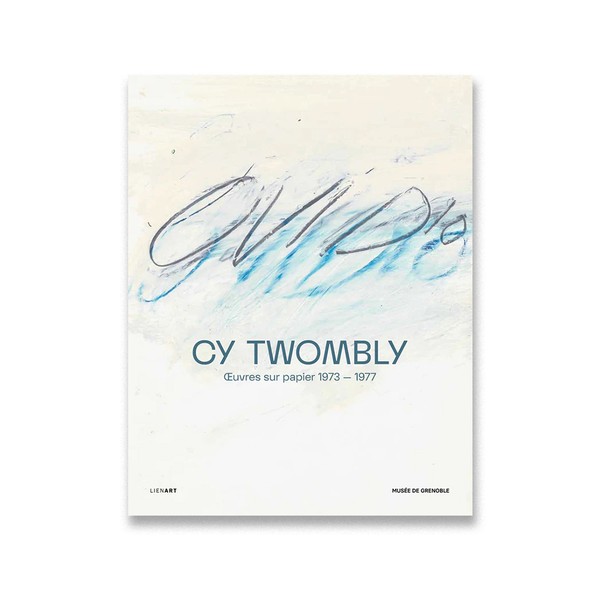Cy Twombly
Three Notes from Salalah

This exhibition catalogue, published by Gagosian Gallery in 2007 alongside the inaugural exhibition for their Rome location, includes Julie Sylvester’s “Sa La Lah” and Francesco Pellizzi’s “Cy Twombly: In and Out of Rome.” The essays are reproduced in both English and Italian. They are accompanied by color plates with reproductions of the artworks and installation views of the exhibition.
Sylvester’s essay opens with contextualization of the city of Salalah, Oman, which inspired the paintings. She draws comparisons to his 2003 cycle A Gathering of Time, which similarly responded to the atmosphere of Saint Barthélemy, as well as to other cycles such as The Coronation of Sesostris (2000) and Lepanto (2001). She characterizes Twombly’s large looping marks as calligraphic and says that “the immediate and strong impression” of the cycle’s green ground is that “of a deep, deep space of centuries and centuries of history” (8). She concludes that the Notes from Salalah are “where the inspiration of the artist rivals the beauty and the mystery of the place” (10).
Pellizzi’s essay, following epigraphs from Charles Simic’s “White” and Walt Whitman’s “Now finale to the shore,” discusses “reverberations” between artists and poets across centuries, citing, e.g., Francesco Clemente’s response to Ezra Pound’s Cathay. Turning to Twombly, he “suggest[s] that there is an aural root to Twombly’s ‘writing-in-art’: it is almost as if words, names, sentences, and lines of poems come to him as voices heard in the mind” (46). These poetic inscriptions take on, for Pellizzi, a “ghostly” quality, transfigured into visual form. He offers close formal readings of each panel in turn, carefully tracking the movement of Twombly’s line, and considers Twombly’s choice to complete the paintings in his hometown of Lexington, Virginia in relation to the Omani town that inspired them. The effect for Pellizzi is that of “a repeated displacement of time into place, while also conversely translating the settings of emotion and experience into an imaging of Time” (50). These in turn are taken to constitute “Twombly’s visual-poetic strategies” (52), which Pellizzi brings into dialogue with “Rome’s permanence of ruins” (53) and “Oman’s greatest devotional monument—the thirty-foot-long Tomb of the Poet Emran” (57). He concludes that III Notes from Salalah offer “the bittersweet destiny (and tomb?) of our history and our modernity” (58).
For more on Middle Eastern engagements in Twombly’s practice, see also Kate Nesin’s Cy Twombly’s Things (2014) and Thierry Greub’s Inscriptions (2022).
(Publication description by Jamie Danis)
Published on the occasion of the exhibition Cy Twombly. Three Notes from Salalah at Gagosian Gallery, Rome (December 15, 2007–March 15, 2008).
Cy Twombly. III Notes from Salalah. Essays by Julie Sylvester and Francesco Pellizzi. Published by Gagosian Gallery, 2008; 77 pages; 13 colour illustrations. English/ Italian.



